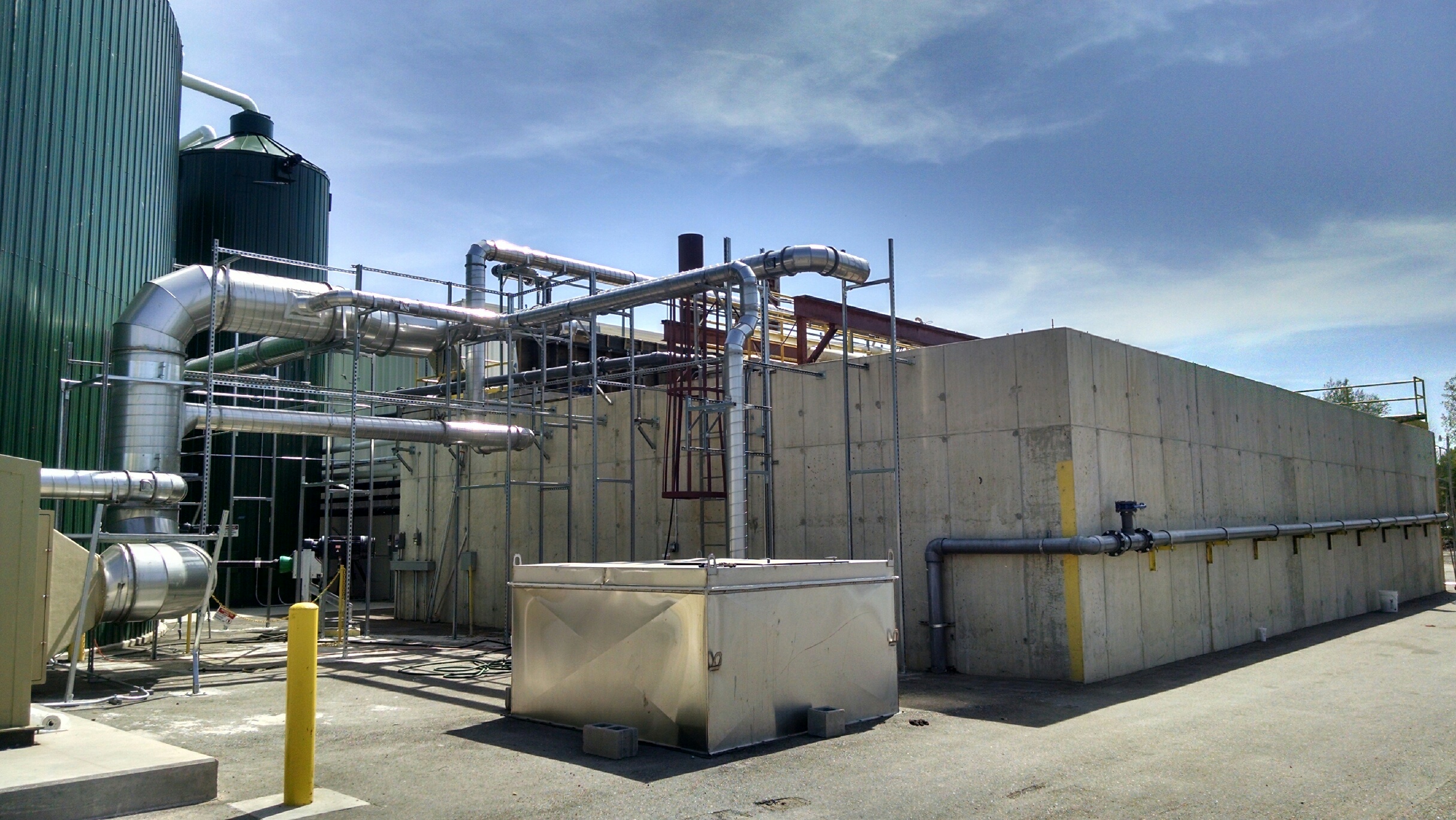Advanced Water & Energy Solutions LLC (AWES) officials say that the most robust, quickest and least expensive way to solve the wastewater disposal needs of Litehouse Foods Inc. is pretreatment of wastewater at the Lowell Power & Light facility at 625 Chatham St.
The pretreatment plant was built specifcally with the Litehouse waste stream in mind, using tried-and-true technology that operates on the same general principles as the wastewater treatment owned by the city of Lowell and Lowell Township.
Litehouse, the second largest employer in the city of Lowell with more than 400 full-time workers, has been disposing its wastewater for several years by trucking the effluent to the Muskegon County wastewater treatment complex.
Litehouse at 1400 Foreman St. SE and the Chatham Street facility are directly connected via a 1/4-mile pipeline that serves as a conduit for the wastewater. The Chatham Street plant has the capacity to treat up to 120,000 gallons a day of wastewater from Litehouse, AWES COO Ross Pope said.
Pope said the inflatable top of the main pretreatment tank was removed in spring to gain access to the interior cells where microbes broke down the organic wastes in the wastewater using an aerobic process of several steps. The interior cells have been removed to improve the concentration of oxygen and circulation of the wastewater to break down the organic constituents.
“The pretreatment process to resume at 625 Chatham is generally the same process used at the Lowell wastewater treatment plant to reduce organic compounds in the water,” Pope said. “This is the exact opposite of the anaerobic process used at the plant to convert waste solids into methane. We are not starting up the big green processing tank, and we will not be generating the odors that the community found so objectionable.”
AWES estimates that it will be investing an additional $500,000 to improve throughput, monitoring and controls at the plant that cost more than $6 million to construct. Part of those improvements will include placing a cap over the pretreatment tank and channeling all the air from the pretreatment tank through carbon filters that remove odors.
